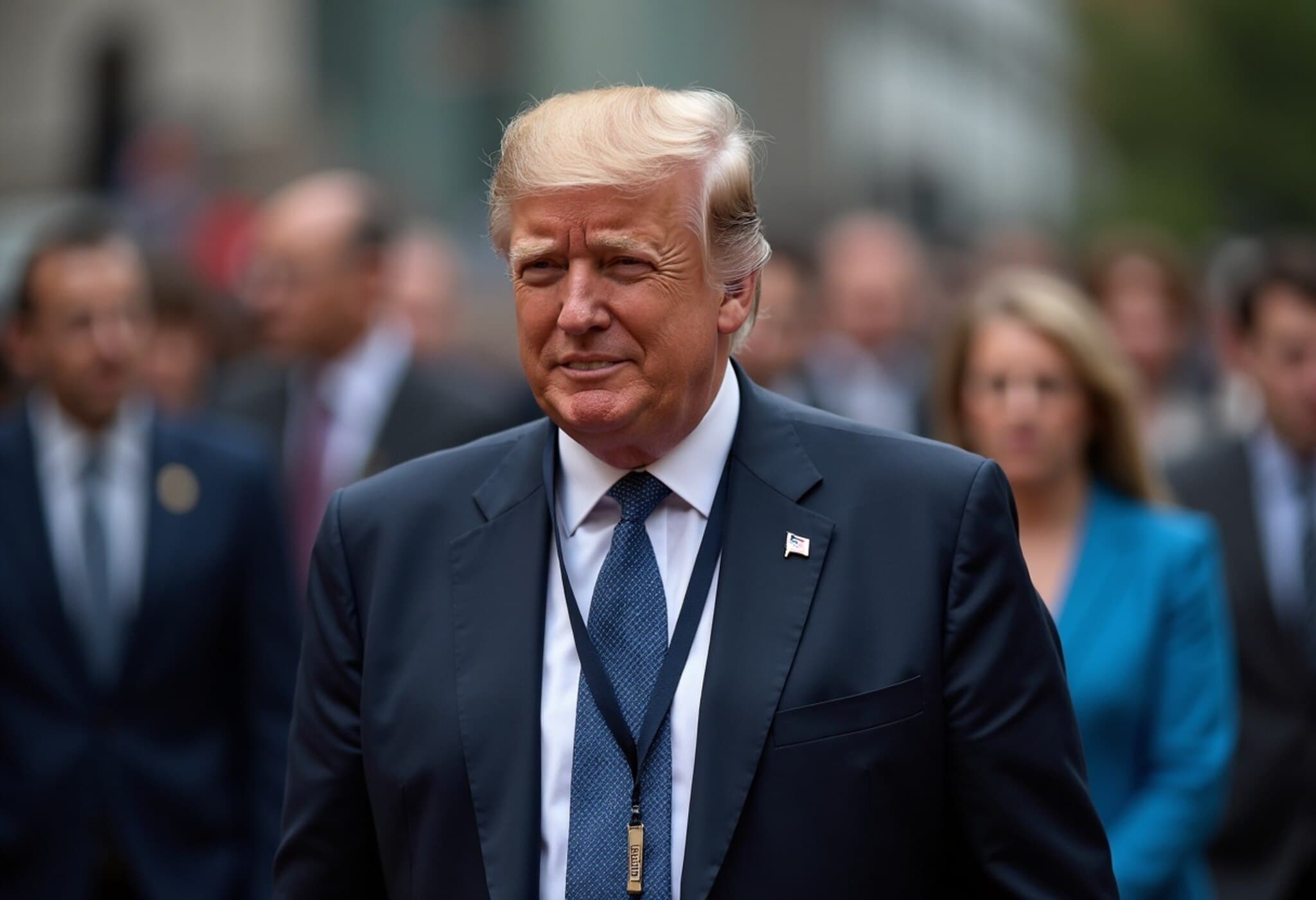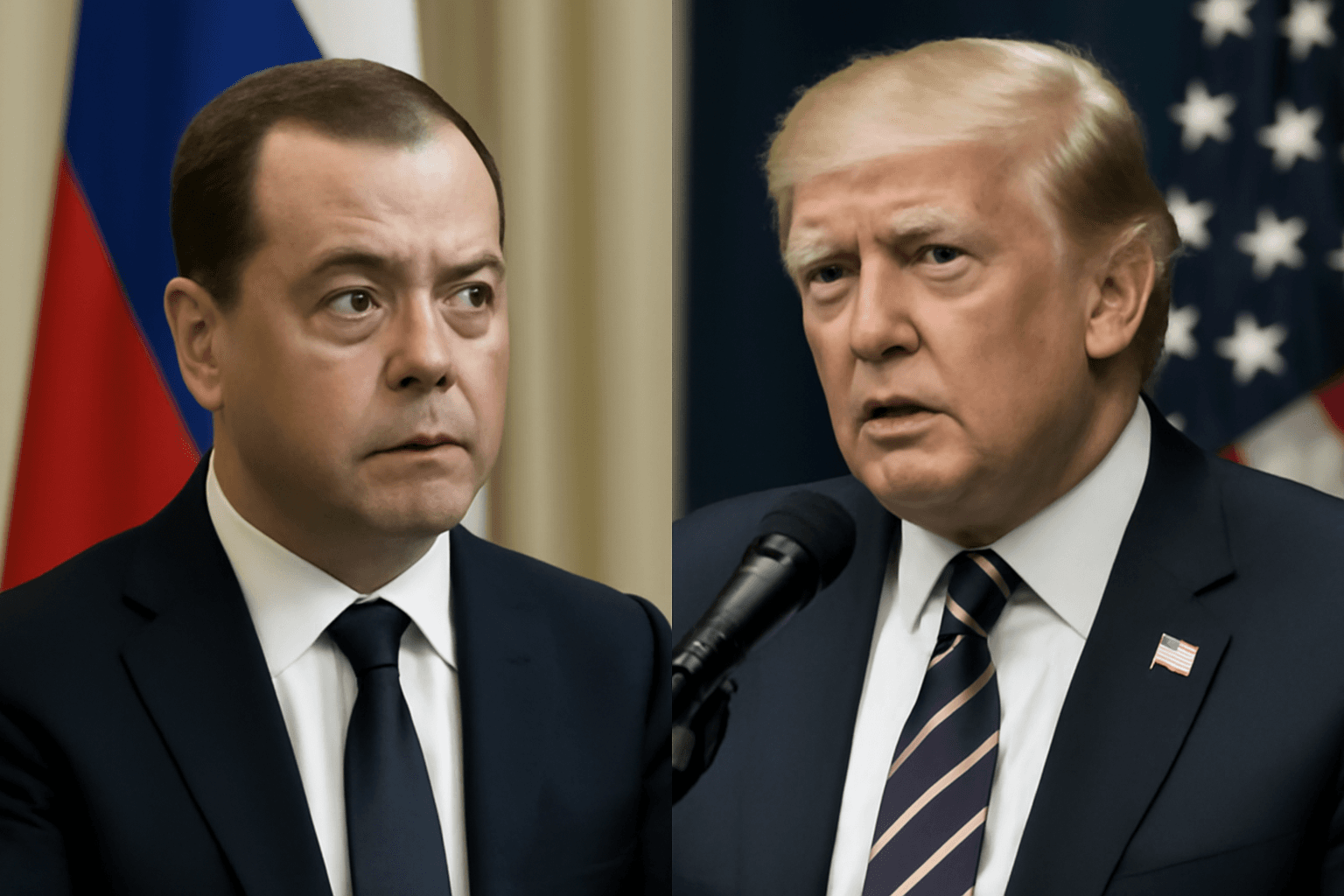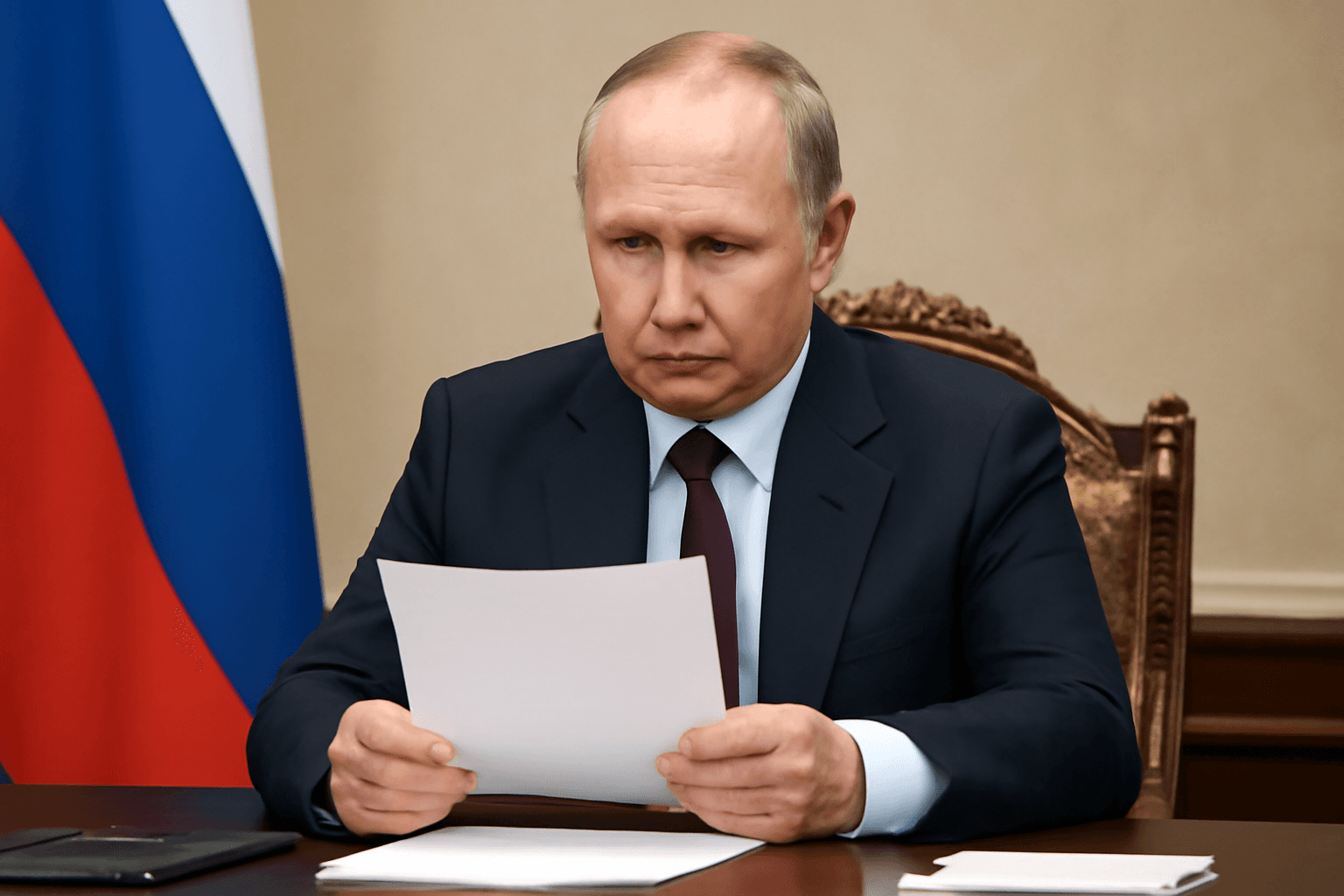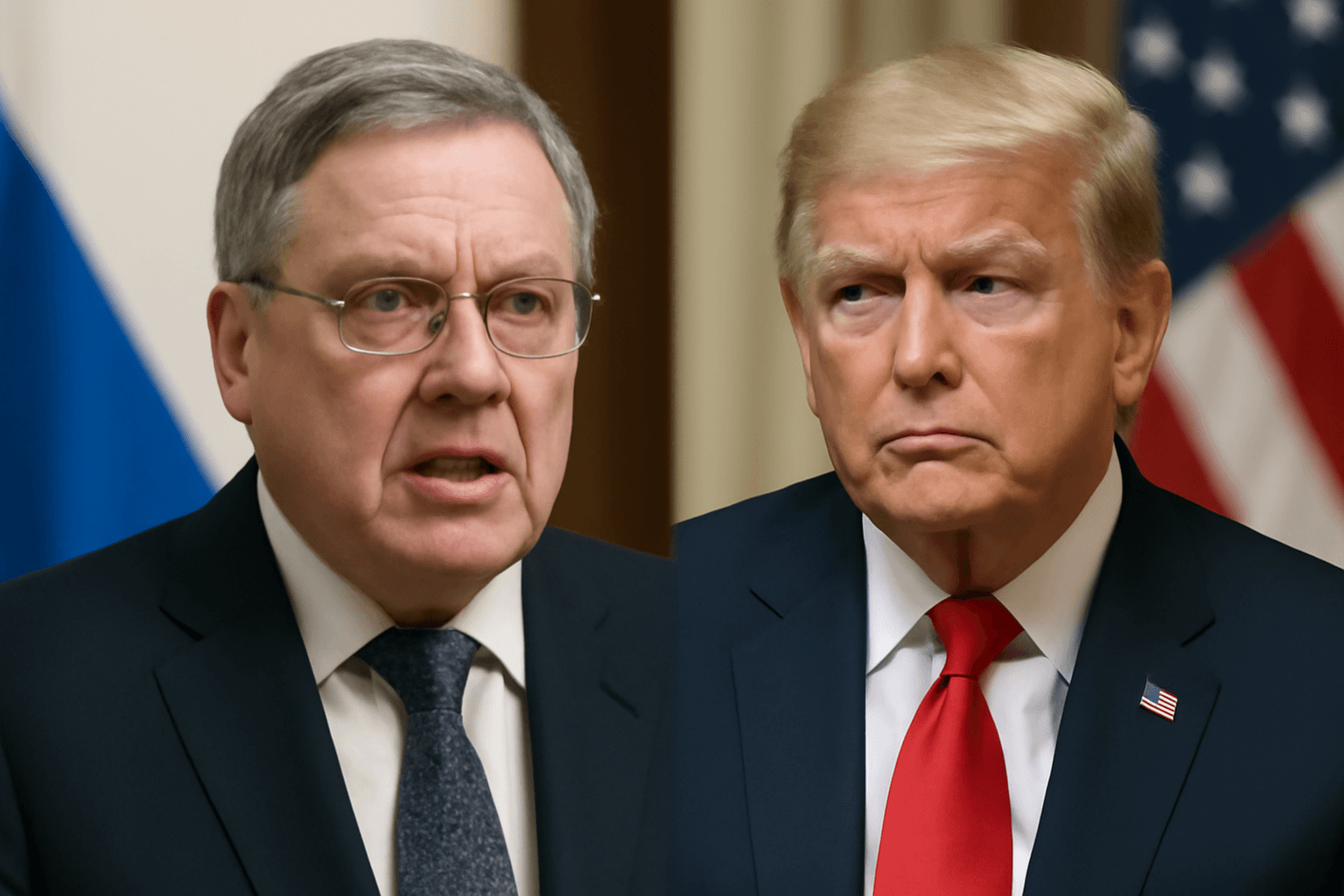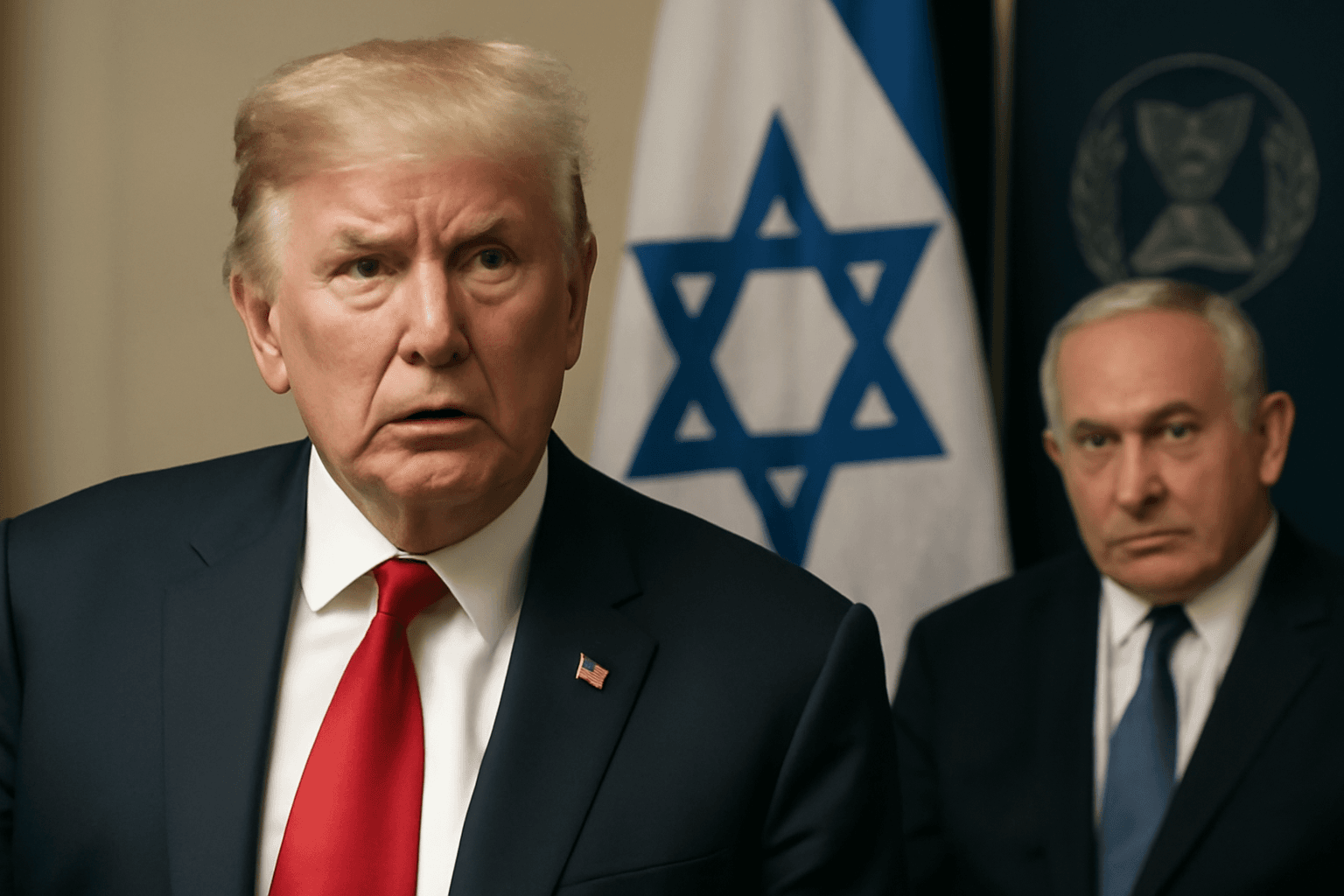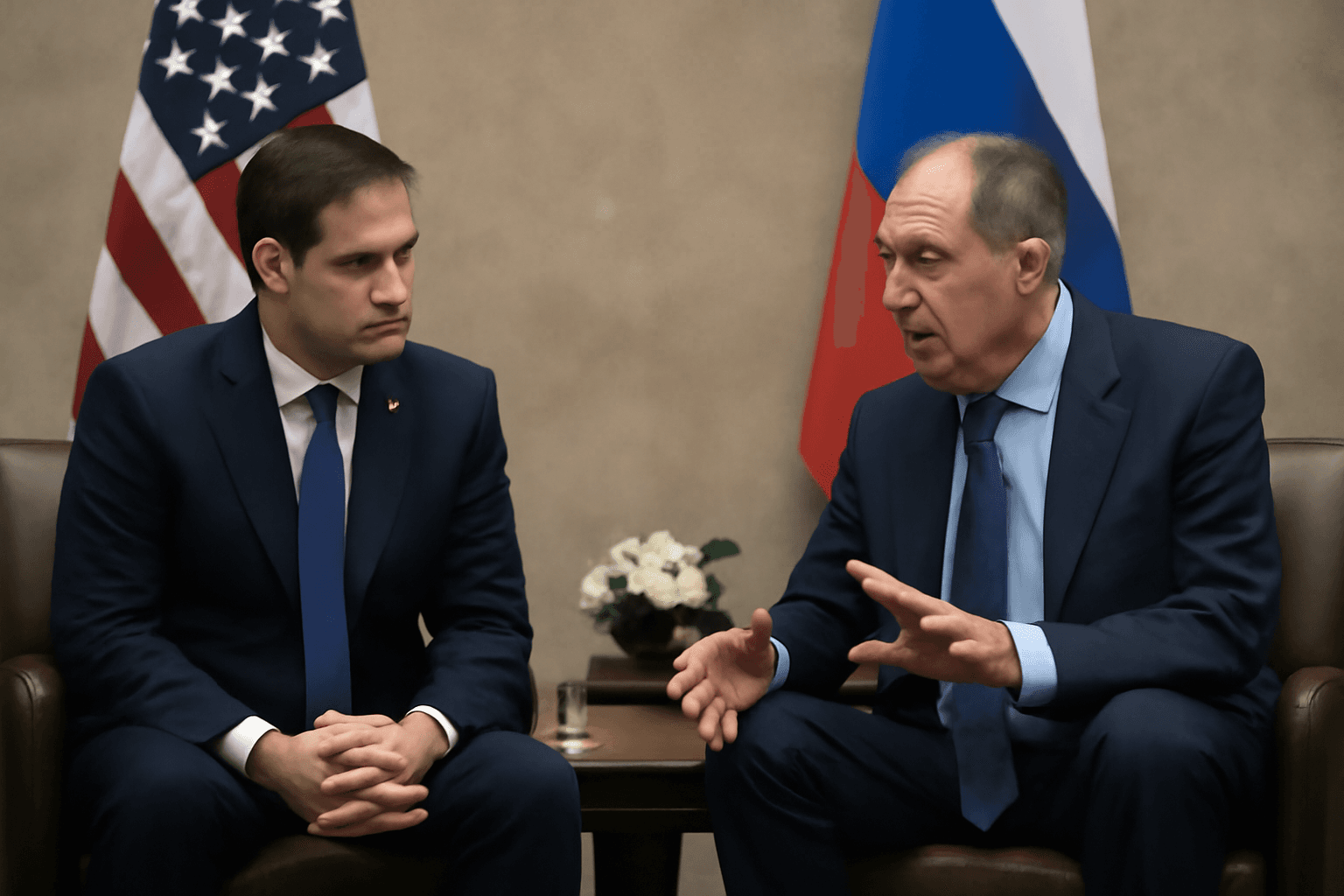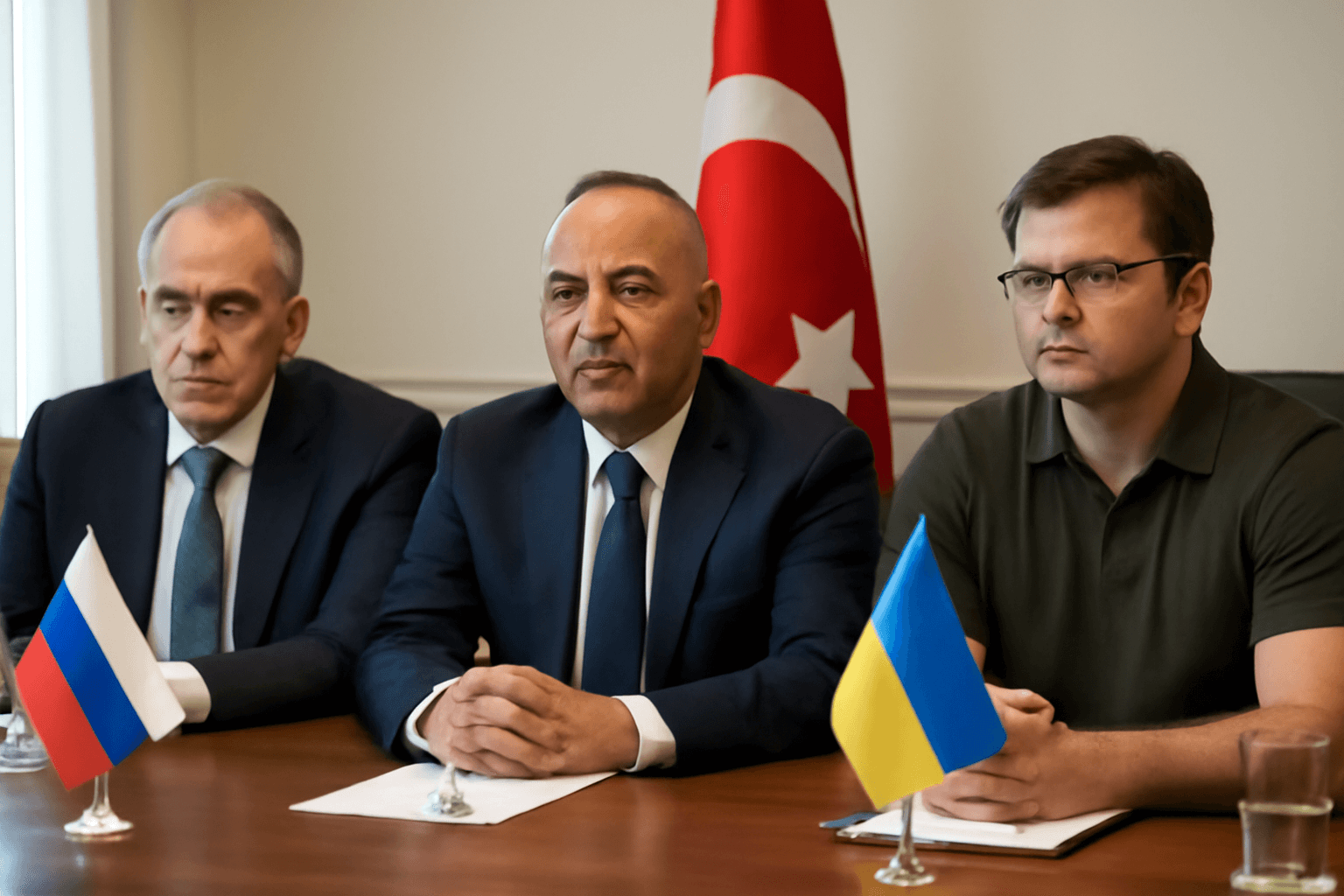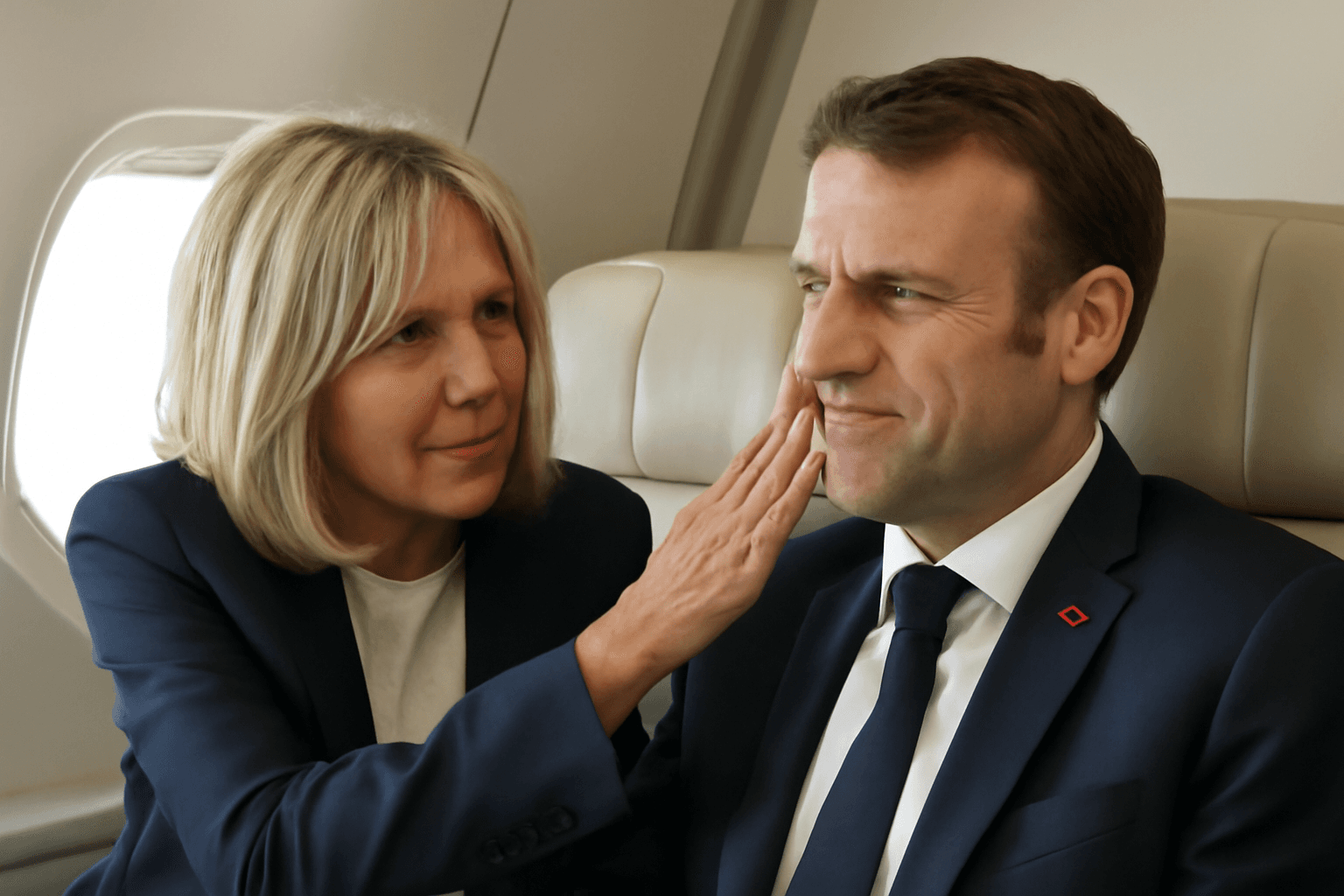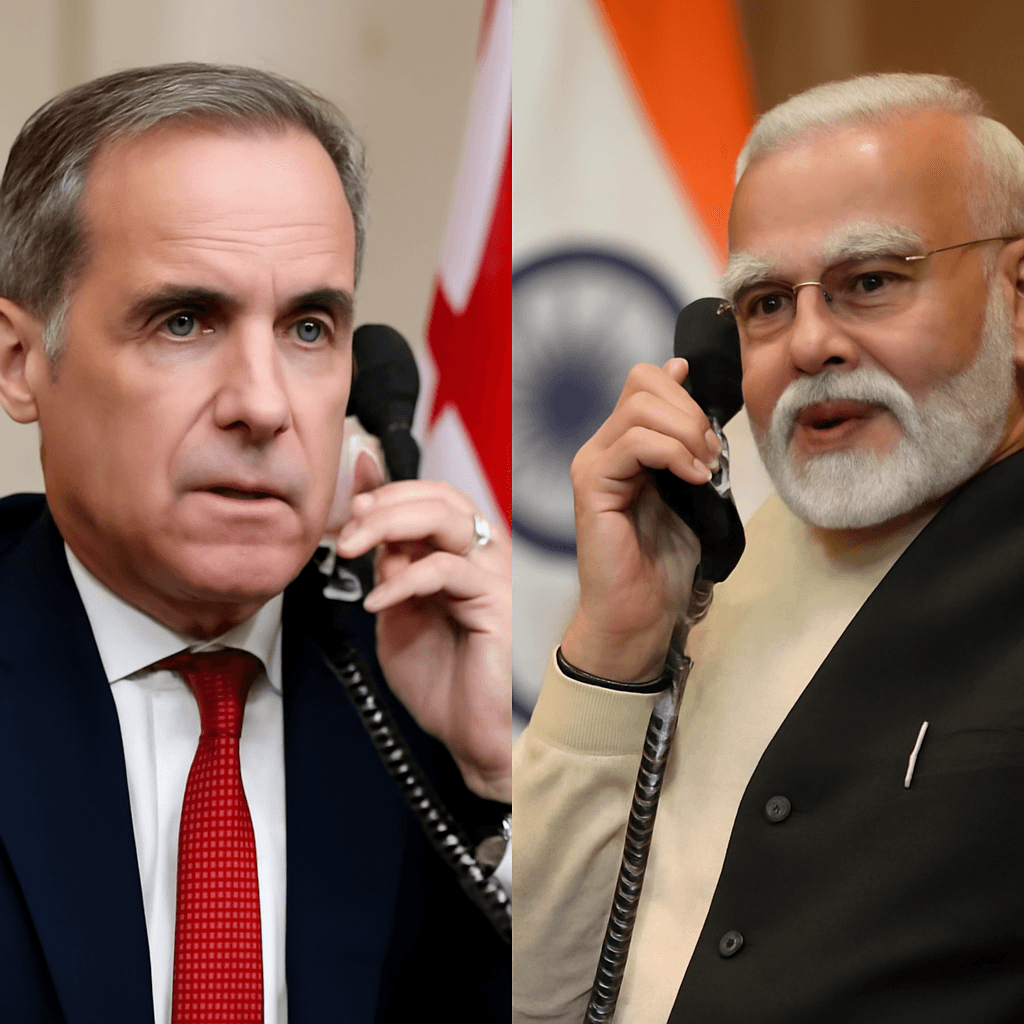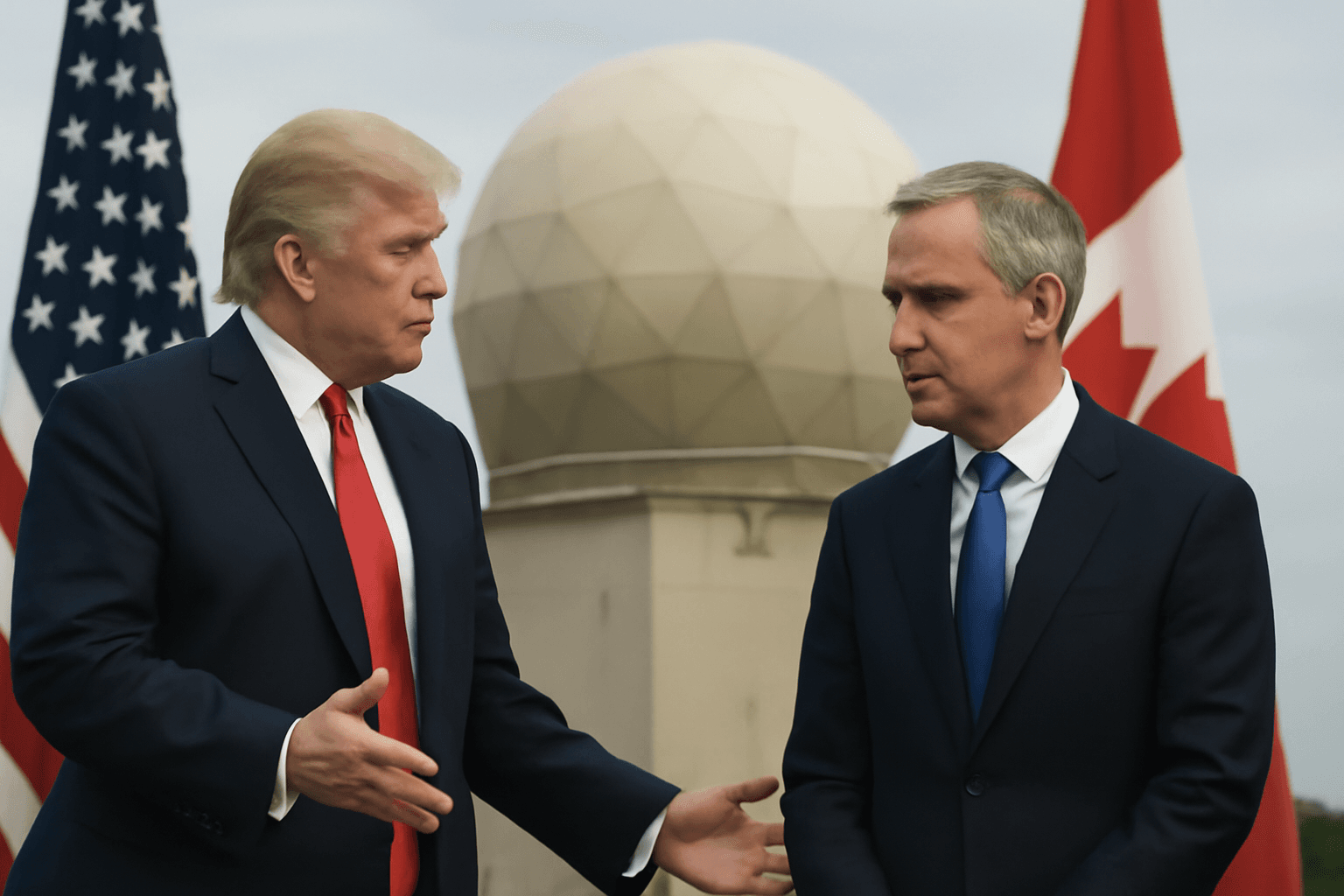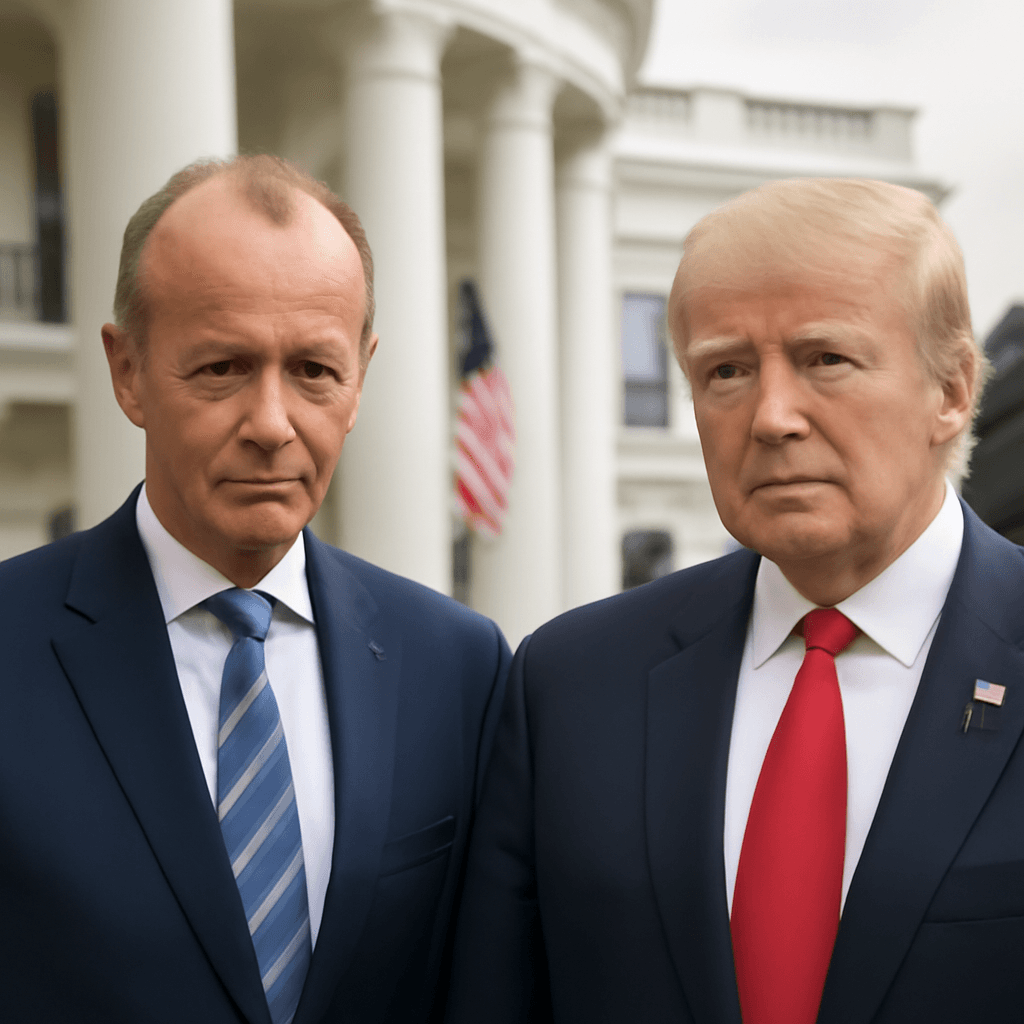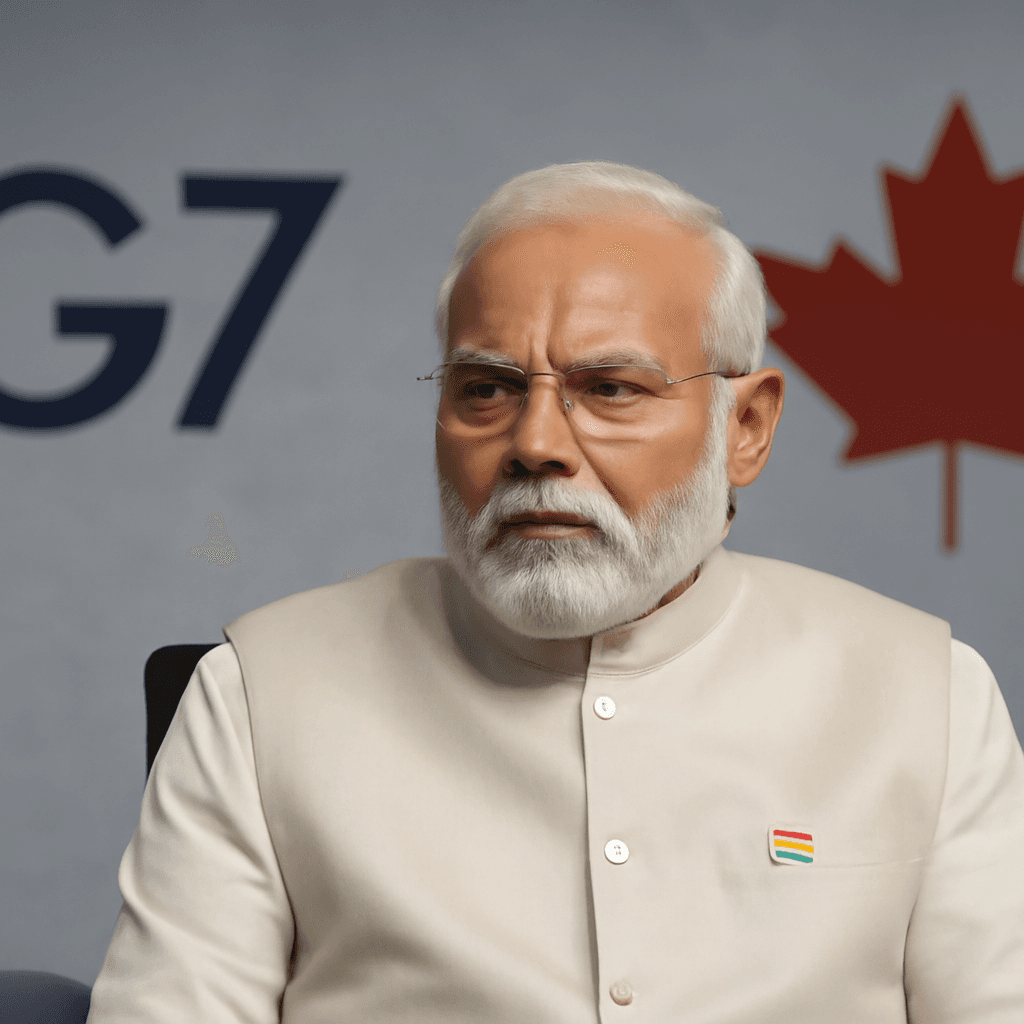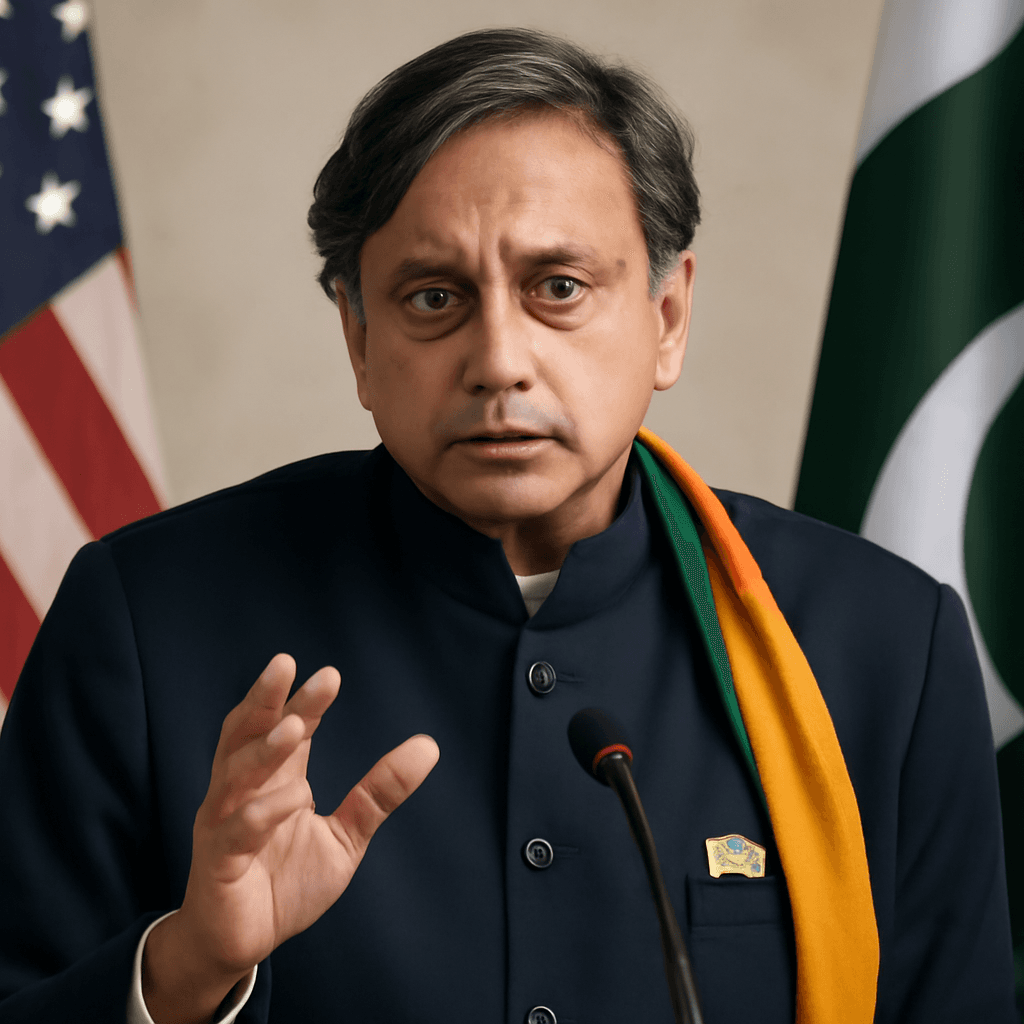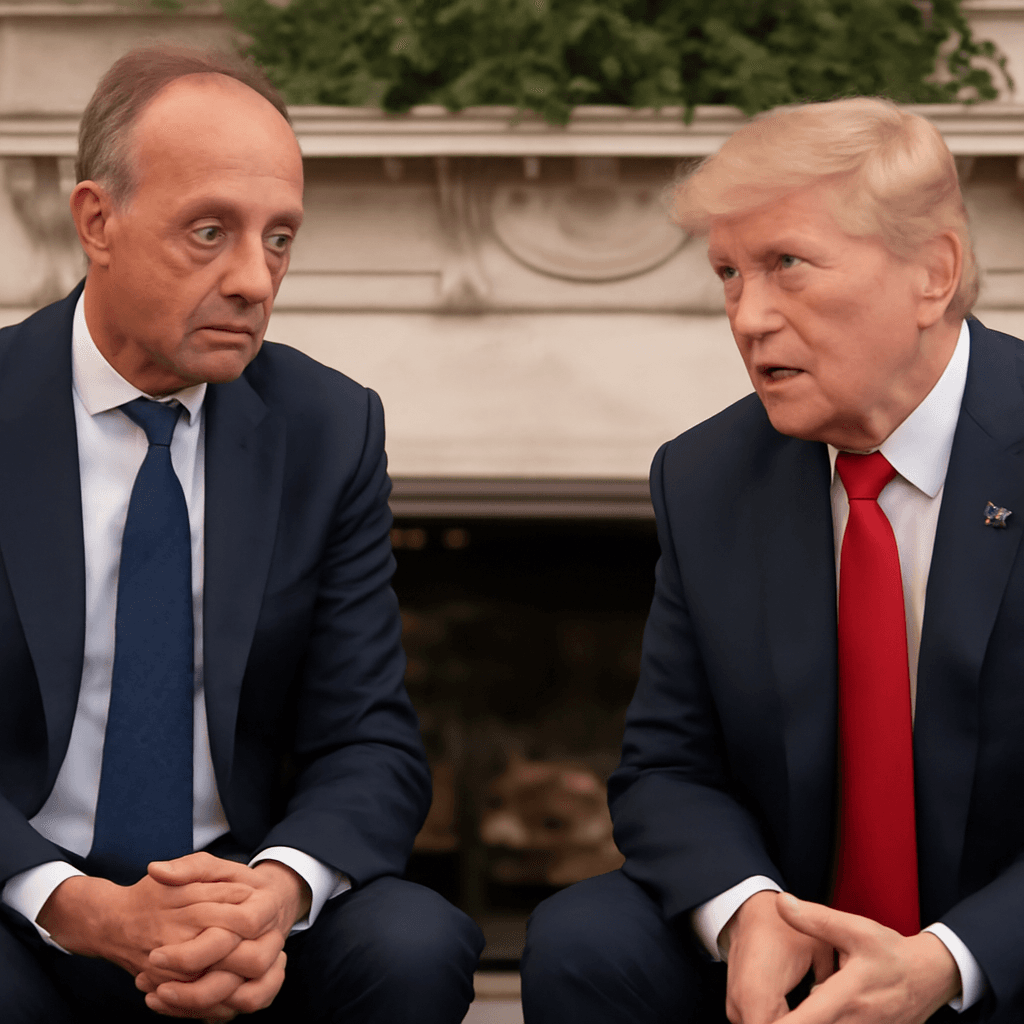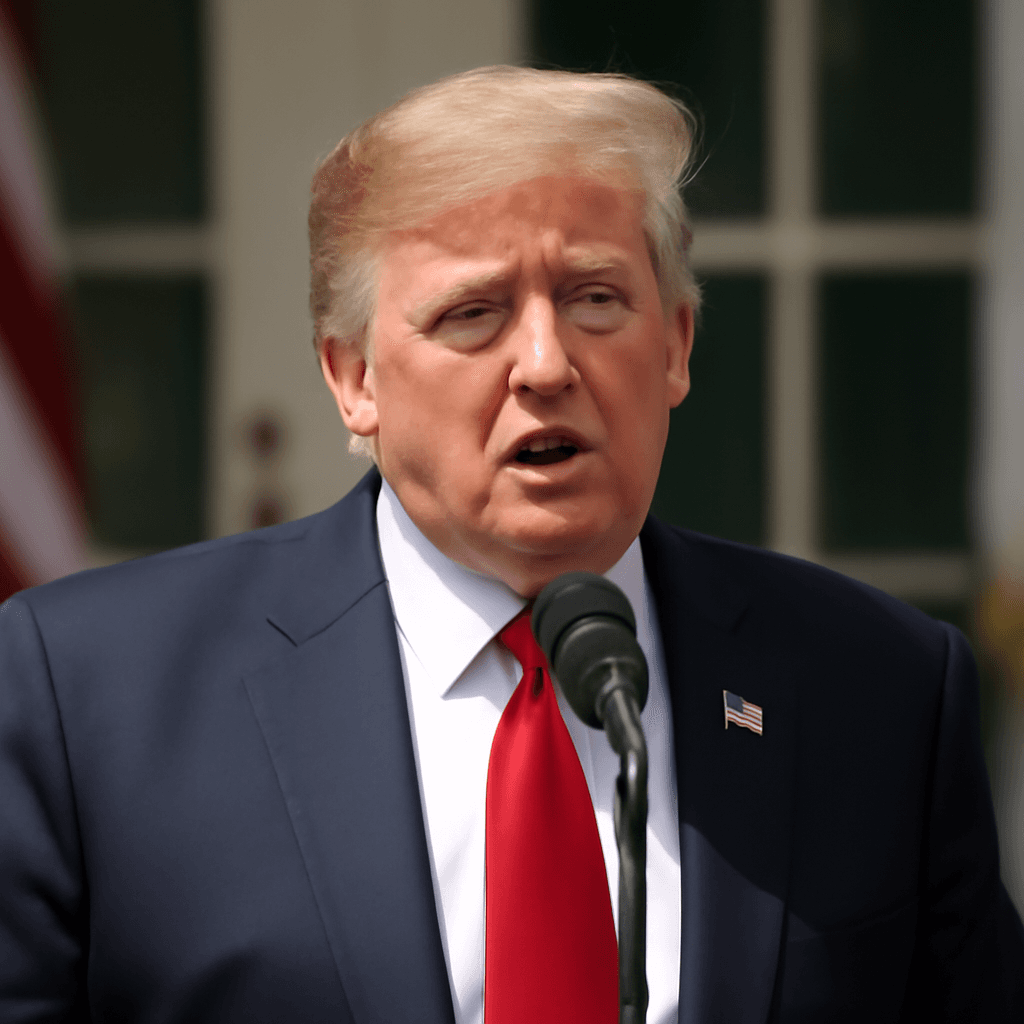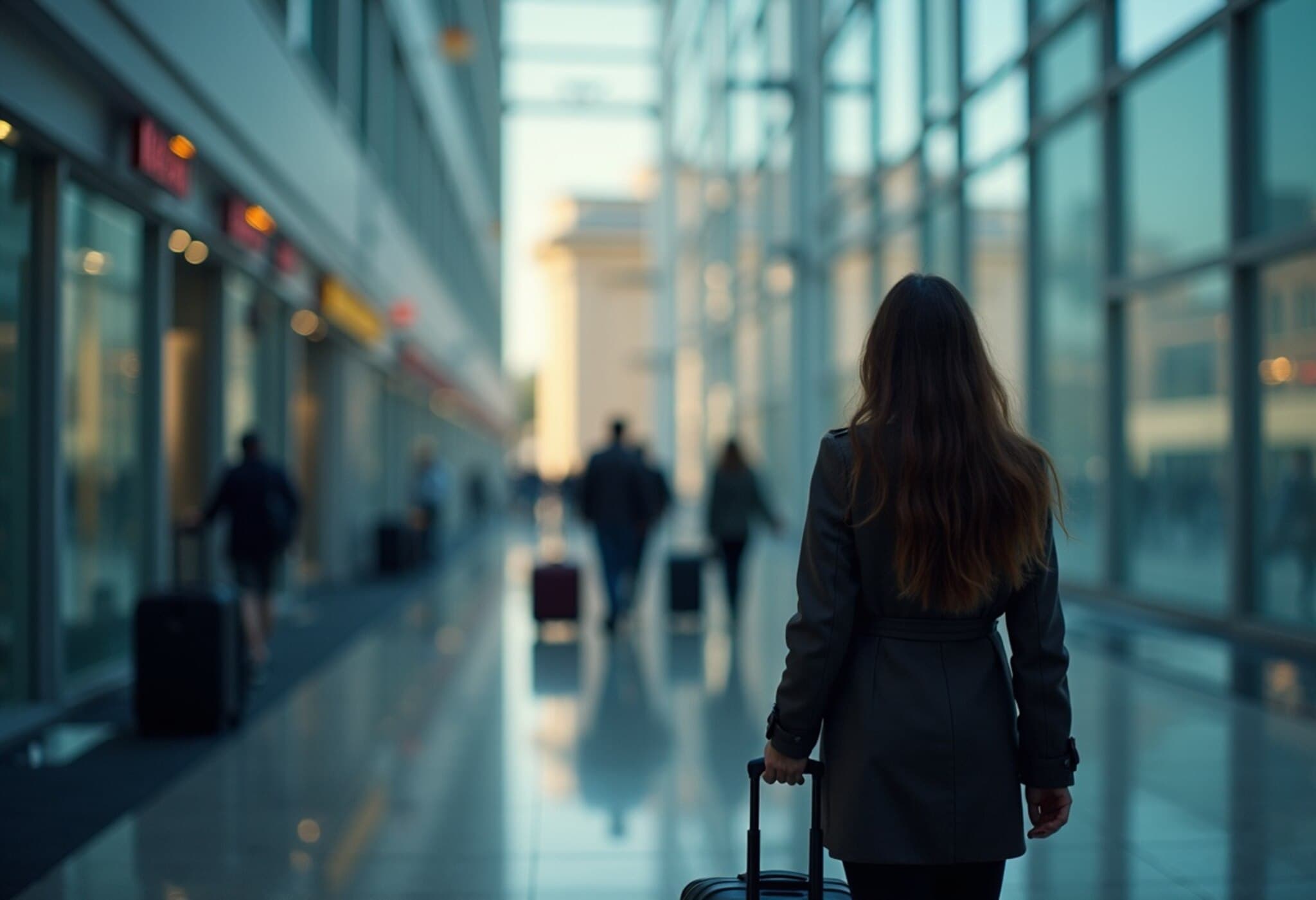G7 Summit in Canada Faces Diplomatic Challenges with US
As leaders from the Group of Seven (G7) prepare to gather in the Canadian Rockies this Sunday, June 15, 2025, the summit is already riddled with tension. Hosted in the mountain resort of Kananaskis, near Calgary, the meeting comes amid escalating strains with the United States over trade policies, foreign affairs, and the ongoing conflict in Ukraine.
Canada’s Strategy to Avoid Conflict
To prevent open clashes, Canadian Prime Minister Mark Carney has steered the summit away from the traditional joint communique. Instead, organizers will rely on chair summaries—a cautious approach intended to sidestep potentially divisive statements and preserve diplomatic ties with Washington.
Experts emphasize that the success of the summit hinges on keeping disruptions, particularly from US President Donald Trump, to a minimum. A University of Ottawa international affairs professor noted, “This will be a successful meeting if Donald Trump doesn’t have an eruption that disrupts the entire gathering.”
The memory of the 2018 G7 summit, also held in Canada, looms large. Trump left that meeting early and publicly rebuked the then-Canadian Prime Minister, triggering diplomatic fallout and a rejection of the final communique by the US.
Focused on Constructive Outcomes
This year's summit agenda includes critical themes such as building resilient supply chains for minerals, job creation, and bolstering global security. Yet, contentious subjects like trade disagreements and international conflicts are expected to dominate discussions.
Canadian officials have scheduled longer sessions and more bilateral meetings to provide space for dialogue, anticipating complex conversations, especially with Trump.
Summit Shadowed by Global Turmoil
The timing of the summit is delicate, following recent missile attacks by Israel on Iranian targets that have further complicated Middle East tensions. Though Carney’s office has refrained from commenting on how these developments might influence proceedings, the backdrop undoubtedly weighs heavily.
A senior US official outlined a wide range of topics slated for discussion, including global trade reform, artificial intelligence, combating drug and migrant trafficking, wildfire response strategies, and broader international security concerns.
Wide-Ranging Attendance and Expectations
Notably, leaders from Ukraine, India, Mexico, Brazil, South Africa, South Korea, and Australia will join parts of the summit, seeking to engage Trump in one-on-one talks. Ukraine’s President Volodymyr Zelenskyy, whose relations with Trump in Washington were previously tense, will participate with tempered expectations, hoping for civil discussion rather than fiery exchanges.
While Canada remains a strong supporter of Ukraine, Trump has publicly vowed to end the conflict quickly, though diplomatic progress has stalled.
Testing the Future of International Cooperation
The summit serves as a crucial barometer for the US’s commitment to global alliances and multilateral forums like the G7. Observers question whether traditional partnerships will hold steady amid rising nationalist policies.
French President Emmanuel Macron echoed this view, describing his dealings with Trump as “frank” and highlighting the postponement of a UN-backed peace conference on Israel and Palestine originally planned post-G7.
Looking Ahead
With the NATO summit scheduled later this month in The Hague, Western allies are poised to leverage both meetings to press the US toward intensified sanctions against Russia. The unfolding dynamics at this Canadian-hosted summit will be pivotal in shaping international relations in the months ahead.

